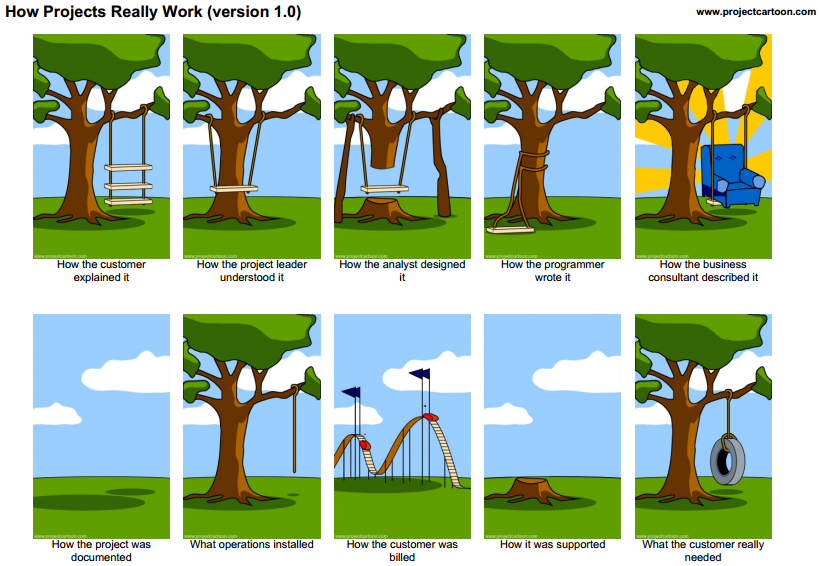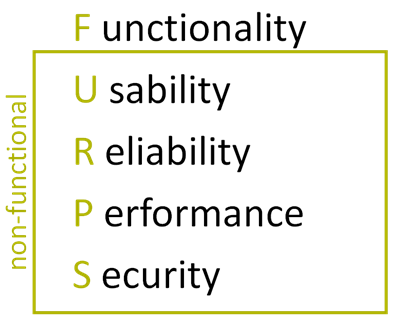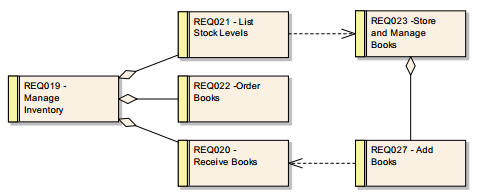Requirements Management
Requirements Management⌘
Requirement⌘
- A requirement is a singular documented physical and functional need that a particular design, product or process must be able to perform.
- A Requirements specification is the direct result of a requirements analysis.
- A Software requirements specification (SRS) is a complete description of the behavior of a system to be developed and may include a set of use cases and non-functional requirements.
Recommended Practice⌘
IEEE Recommended Practice for Software Requirements Specifications (IEEE Std 830-1998)
Characteristics of a good SRS⌘
- Correct - every requirement is one that the software shall meet;
- Unambiguous - every requirement has only one interpretation;
- Complete:
- contains all significant requirements, specifies all responses to valid and invalid input values
- includes references to all figures, tables, and diagrams in the SRS and definition of all terms;
- Consistent - internal consistency, if an SRS does not agree with some higher-level document, such as a system requirements specification, then it is not correct
- Ranked for importance and/or stability - each requirement in it has an identifier to indicate either the importance or stability of that particular requirement;
- Verifiable - every requirement is verifiable;
- Modifiable - its structure and style are such that any changes to the requirements can be made easily, completely, and consistently;
- Traceable - the origin of each of its requirements is clear and if it facilitates the referencing of each requirement in future development or enhancement documentation.
FURPS⌘
FURPS is an acronym representing a model for classifying requirements.
Usability - UX, Human Factors, Aesthetics, Consistency, Documentation
Reliability - Availability, Robustness/Durability, Recoverability, Stability, Accuracy
Performance - Speed, Efficiency, Resource Consumption



